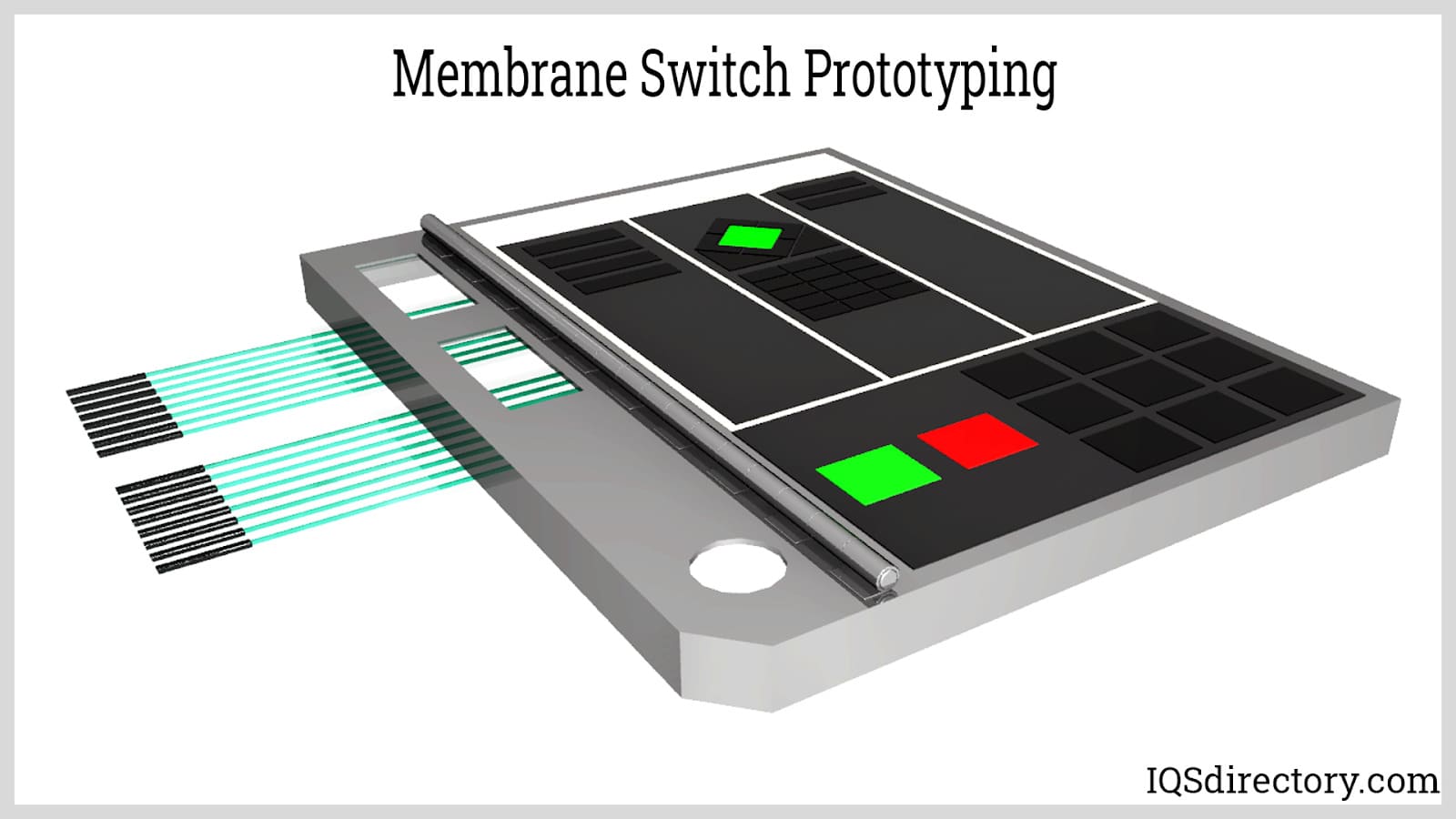Secret Advantages of Using a Membrane Switch in Industrial Applications
Secret Advantages of Using a Membrane Switch in Industrial Applications
Blog Article
Recognizing the Performance of Membrane Changes for Interface Devices
The performance of membrane changes stands for a considerable innovation in individual interface layout, combining effectiveness with visual flexibility. As sectors increasingly prioritize customer experience, understanding the nuances of membrane layer button technology ends up being essential.
What Are Membrane Buttons?
Membrane layer buttons are cutting-edge interface gadgets that promote customer interaction with electronic equipment. These versatile elements consist of several layers, consisting of a visuals overlay, spacer, and a published circuit layer. The layout permits a smooth integration into various electronic devices, improving both the aesthetic and practical elements of individual interfaces.
Membrane switches are typically employed in a wide variety of applications, from family devices to commercial equipment and clinical tools. Their building and construction generally features a thin account, making them an excellent selection for portable styles. The responsive comments offered by these switches can be crafted to meet certain individual preferences, ensuring reliable interaction in between the individual and the device.
Durability is another substantial benefit of membrane buttons, as they are immune to dust, dampness, and chemicals, which improves their life expectancy in demanding environments. Additionally, these buttons can be personalized in terms of form, dimension, and visuals style, permitting branding and user-specific attributes. Generally, membrane switches represent a functional option for improving user experience in digital gadgets, incorporating functionality with aesthetic charm in an efficient way.
Just How Membrane Layer Switches Work
Operating on an uncomplicated principle, membrane layer changes utilize a split construction to register individual input effectively. Each switch contains multiple layers, including a published circuit layer, a spacer layer, and a top graphic layer, which are designed to collaborate seamlessly. When a user presses the leading layer, it compresses the spacer layer, bringing the conductive elements of the circuit layer right into contact with each various other.
This contact develops a closed circuit, signaling the gadget to perform a specific function. The style enables various setups, including responsive comments, which can improve the individual experience by giving a physical sensation upon activation. The products used in membrane layer buttons usually consist of versatile substrates, such as polyester or polycarbonate, which make certain durability and resilience versus wear and tear.

Trick Advantages of Membrane Layer Buttons

Another substantial advantage is their density. Membrane buttons are thin and lightweight, which enables producers to conserve room in their devices without sacrificing functionality. This feature is especially beneficial in this link applications where weight and volume are critical considerations.
Additionally, membrane layer switches are resistant to dust, dampness, and chemicals, enhancing their toughness. This click to read more resilience extends their life-span and decreases the requirement for frequent substitutes, leading to cost savings over time.
Additionally, the tactile comments given by membrane switches can be maximized to boost customer communication. They can consist of attributes such as raised buttons or audible clicks, improving usability and user experience.
Applications Throughout Industries
User interface tools utilizing membrane layer buttons are widespread in a vast selection of industries, showcasing their flexibility and capability. Membrane Switch. In the medical field, membrane buttons are indispensable to gadgets such as analysis devices and client monitoring systems, where their durability and simplicity of cleansing are essential for maintaining hygiene criteria. Similarly, in the vehicle sector, these switches are utilized in control panel controls and infomercial systems, providing a streamlined and modern-day interface for users.
Furthermore, the consumer electronic devices sector benefits from membrane layer buttons in home appliances and handheld tools, where portable style and straightforward interfaces enhance individual experience. Industrial applications additionally take advantage of membrane switches over for control board in machinery and automation systems, stressing their toughness and resistance to rough settings.
In the aerospace and defense sectors, membrane layer switches are used in cabin controls and tools, where dependability and performance under extreme conditions are extremely important. Additionally, the video gaming sector progressively includes membrane layer buttons in controllers and game devices, adding to an interesting user experience. In general, the flexibility of membrane layer switches over allows their extensive use throughout many fields, highlighting their importance in modern-day user interface design.
Future Trends in Membrane Layer Change Technology

Furthermore, making use of innovative products, such as polycarbonate and polyester movies, is expected to climb, offering boosted longevity and resistance to ecological stressors. These products add to the total longevity of membrane switches, making them suitable for harsher industrial applications.
Furthermore, the unification of smart modern technology, including IoT connection, will make it possible for membrane buttons to interact with other devices and systems, helping with a more interactive user experience. This fad aligns with the expanding need for wise tools across numerous fields, from healthcare to customer electronic devices.
Lastly, personalization options are prepared for to increase, allowing suppliers to create bespoke services tailored to certain individual requirements and choices. These advancements will position membrane layer switches as vital components in the advancement of interface innovation.
Final Thought
In conclusion, membrane layer switches stand for a critical improvement in user interface innovation, providing a reputable and versatile service for diverse electronic applications. As improvements in material scientific research and touch picking up modern technologies continue, the performance and applicability of membrane layer switches are expected to expand, enhancing their value in modern-day digital gadgets.
Report this page